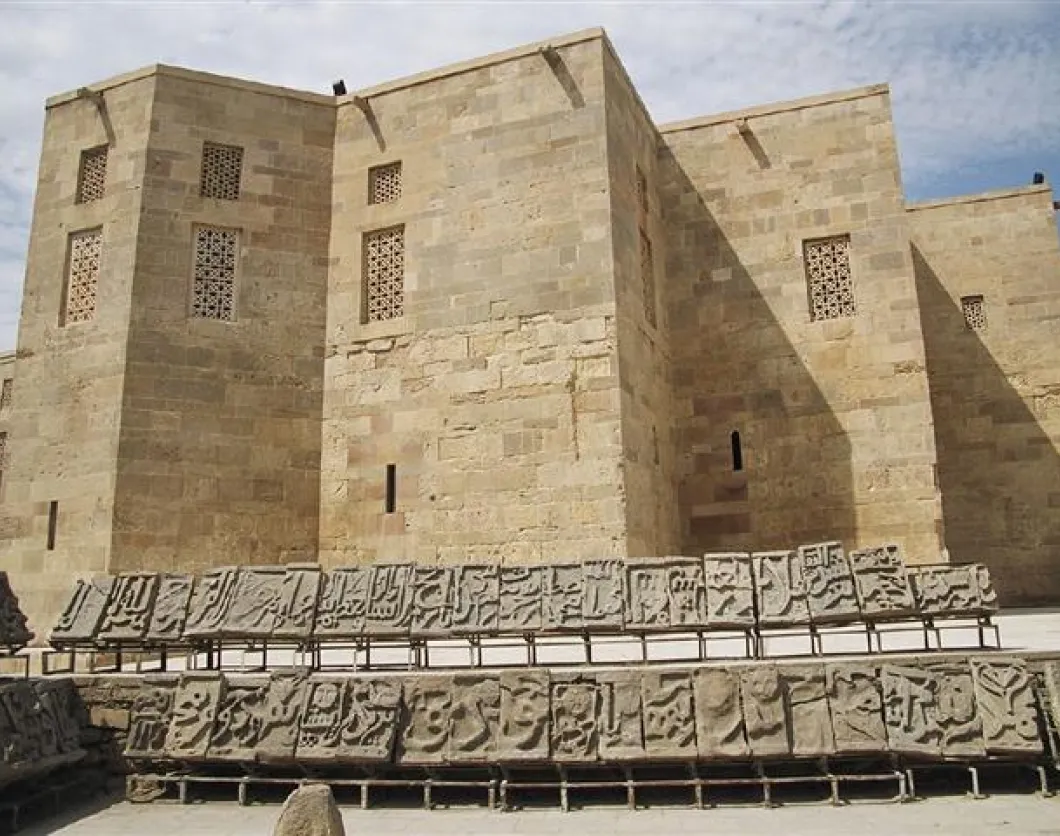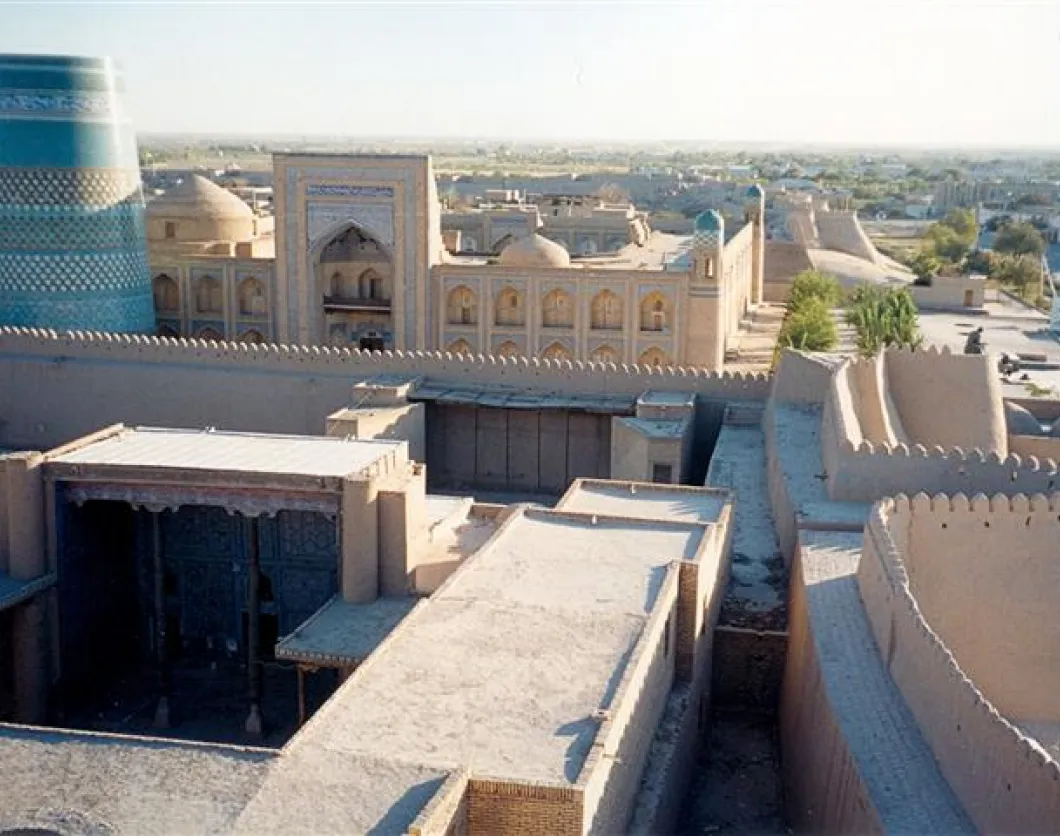The Silk Road once ran across much of the known world, from China in the East, across Asia and the Middle East, to the shores of the Mediterranean to the West. Although it was essentially a trade route, the Silk Road evolved to become a much greater phenomenon and played a fundamental role in the social, cultural, and religious development of many countries in the region through the exchange of goods, people, ideas, and religions.
Over the past decade, there has been a significant revival of the Silk Road for tourism purposes. The cultural attractions of cities such as Xi’an, Bukhara, and Samarkand, the majestic beauty of the Tien-Shan mountains, the Gobi desert, river valleys and steppes, the rich cuisine, and variety of folklore and handicrafts, appeal to tourists who are eager to relive the legend and capture some of the magic of the ancient Silk Road.
For centuries, the Silk Road was travelled by conquerors, traders, missionaries, geographers and more recently, by tourists. It served as a fundamental link between the East and the West, exchanging cultures, crafts, ideas, technologies, beliefs and peoples.
Since 1991, coinciding with the independence of the former Soviet States, there has been a revival of the Silk Road interests – for cultural exchange, trade and tourism. Encouraged by this development, UNWTO decided, at its General Assembly in Indonesia in 1993, to create a long-term tourism project that would promote a special Silk Road tourism concept.
Since then 24 member states actively participate in the UNWTO Silk Road Project. Several meetings and forums were held, some of which concluded with the adoption of new Declarations. UNWTO has published several studies on the issue of the Silk Road, as well as brochures for further promoting the Silk Road concept.
The Silk Road is a project designed for the countries involved and it is the participating countries which stand to benefit from its outputs and activities. The active participation and close collaboration and cooperation witnessed between the countries themselves on one hand, and the countries and UNWTO on the other, has assisted the Secretariat in taking a number of tangible actions to establish the Silk Road as a viable tourism product and in creating awareness of the Silk Road in the primary source markets.
The countries, on their part, have moved forward with the development of infrastructure and superstructure. All in all, a lot has been done since the project got off the ground in 1994 but, like the Great Silk Road itself, there is still a long way to go. And, the UNWTO intends to continue its journey on the road to further progress and development with the active assistance and cooperation of all the participating countries.










